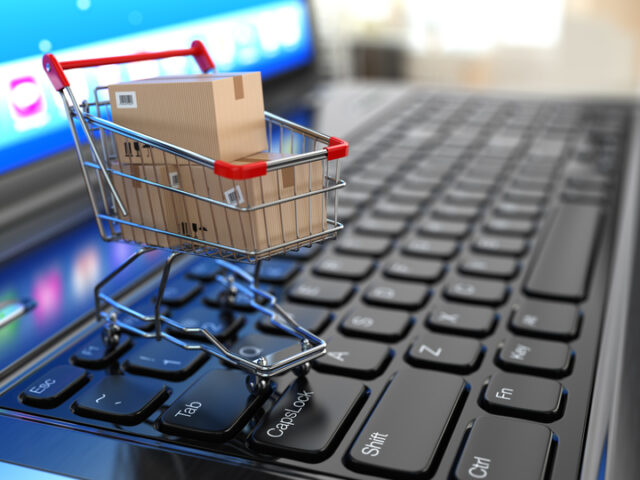In the competitive world of e-commerce, personalization has become a key strategy for enhancing customer engagement and driving sales. One of the most effective ways to achieve this is through geolocation technology, which allows online retailers to tailor shopping experiences based on a customer’s physical location. Here’s how to leverage geolocation to create personalized shopping experiences for your customers.

Table of Contents
Toggle1. Tailor Content to Local Preferences
Understanding local preferences is crucial for personalizing the shopping experience. Use geolocation data to customize the content displayed on your website based on the customer’s location. This can include:
- Localized Product Recommendations: Suggest products that are popular or relevant in the customer’s region. For instance, outdoor gear might be more appealing in areas with a lot of parks and recreational activities.
- Seasonal Promotions: Highlight seasonal items based on regional climates. A winter apparel promotion would be more relevant in colder regions than in warmer climates.
- Cultural References: Use local language, slang, or cultural references in your marketing materials to resonate more with your audience.
2. Offer Location-Based Promotions
Geolocation enables you to create targeted promotions and discounts that are specific to certain areas. Consider the following tactics:
- Regional Discounts: Offer special discounts or deals to customers based on their location. For example, a city-specific discount could encourage local shoppers to make a purchase.
- Geo-Targeted Ads: Use geolocation data to run targeted ads on social media platforms or search engines, reaching customers in specific geographic areas with tailored offers.
3. Improve Shipping Options
Geolocation can enhance the shipping experience for your customers. By recognizing a customer’s location, you can:
- Provide Accurate Shipping Estimates: Display estimated delivery times and shipping costs based on the customer’s address, helping them make informed decisions.
- Highlight Local Fulfillment Centers: If your business has multiple fulfillment centers, show customers the option for faster shipping from a nearby location. This not only speeds up delivery times but can also reduce shipping costs.
4. Personalize User Experience with Local Events
Connecting your brand to local events can create a more engaging shopping experience. Consider these strategies:
- Event-Based Promotions: If there’s a local festival, holiday, or community event, tailor your promotions around it. For instance, offer discounts for purchases made during a local fair or holiday celebration.
- Show Local Store Availability: If you have physical stores, use geolocation to inform customers of nearby locations where they can shop in person, along with special in-store offers.
5. Optimize Customer Support
Using geolocation can also improve customer support interactions:
- Localized Customer Service: Route inquiries to local support teams who understand regional concerns and preferences, providing more relevant assistance.
- Time Zone Awareness: Adjust customer service availability and response times based on the customer’s time zone to enhance satisfaction.
6. Enhance the Mobile Shopping Experience
Geolocation is particularly effective in mobile commerce, where users often share their location. Here’s how to capitalize on this:
- Location-Based Notifications: Send push notifications or alerts to users when they are near a physical store, highlighting special promotions or new arrivals.
- In-App Features: Incorporate location-based features in your mobile app, such as store locators or geo-targeted deals that encourage users to make purchases while on the go.
7. Analyze Geolocation Data for Insights
Utilize geolocation data to gain insights into customer behavior and preferences:
- Market Research: Analyze data to identify trends in different regions. Understanding what products or categories perform well in certain areas can inform inventory decisions and marketing strategies.
- Customer Segmentation: Segment your audience based on geographic data to create more targeted marketing campaigns. This allows you to tailor messaging and promotions for different regions effectively.
8. Respect Privacy and Transparency
While geolocation offers many advantages, it’s crucial to respect customer privacy. Ensure that:
- Obtain Consent: Always ask for permission to access a customer’s location data, clearly explaining how it will be used to enhance their shopping experience.
- Provide Opt-Out Options: Allow customers to opt out of location tracking if they prefer not to share their data.
Conclusion
Using geolocation to personalize e-commerce shopping experiences can significantly enhance customer satisfaction and drive sales. By tailoring content, offers, and support based on customers’ locations, retailers can create a more relevant and engaging shopping environment. However, it’s essential to handle geolocation data responsibly, ensuring customer privacy and building trust. With the right approach, leveraging geolocation can be a game-changer for your e-commerce business, leading to stronger customer relationships and increased loyalty.


No responses yet